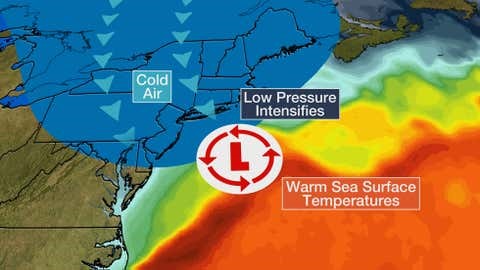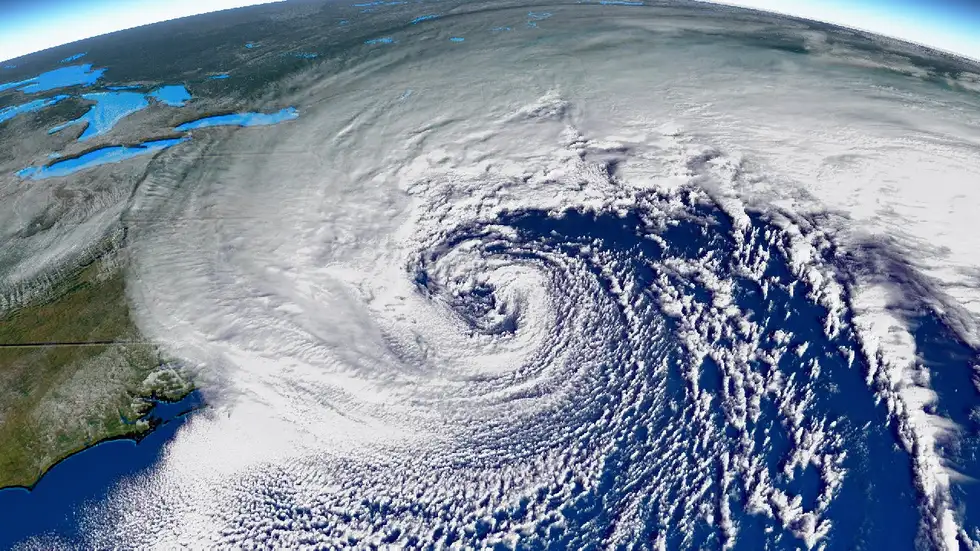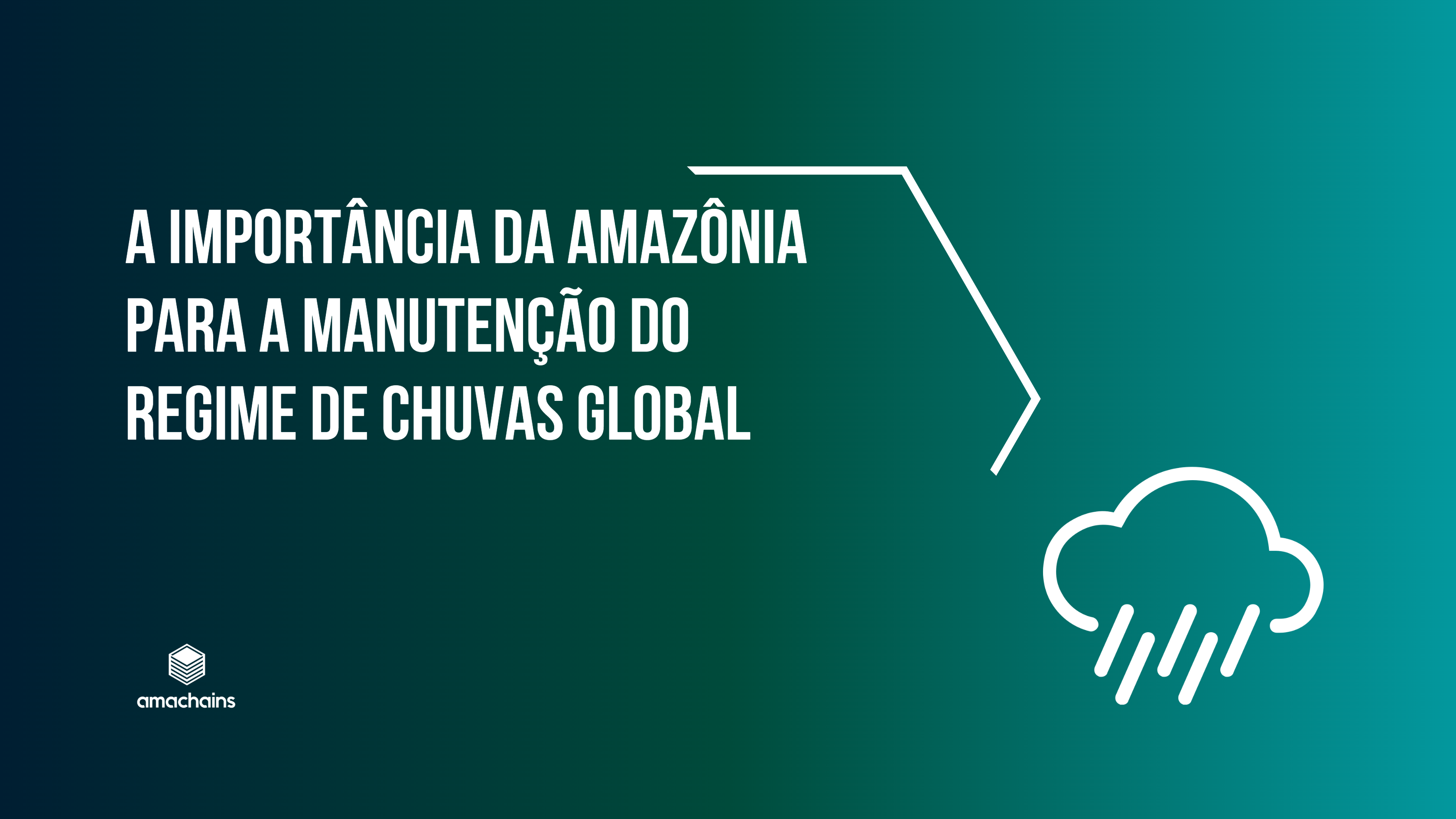To date, dozens of deaths have been attributed to the extreme weather event that occurred in the northern hemisphere, more specifically in the US and Canada. Winter Storm Elliot has become one of the most extreme weather events ever in this hemisphere. Unlike previous bomb cyclones that have hit the region, this one was and will be unprecedented in its extent, number of deaths and damage caused.
Bomb cyclone has its terminology originating from meteorology, where it is known as “bombogenesis” and refers to an area of low pressure that rapidly intensifies. To be classified as such, the central pressure of a low-pressure system must drop by at least 24 millibars in 24 hours. Storms are formed when a low-pressure air mass meets a high-pressure air mass. The air flows from high pressure to low pressure, creating winds.

As the winds blow, the Earth's rotation creates a cyclonic effect. Seen from above, the direction is counterclockwise in the Northern Hemisphere.
A study conducted in 2021 and led by Robert Fritzen of Northern Illinois University, was able to show that about 7% of all non-tropical low-pressure systems near North America from 1979 to 2019 were bomb cyclones. That's about 18 bomb cyclones per year, on average, near North America over the 40-year period, but nothing like the storm we're seeing now in December 2022.
It is estimated that more than 250 million people were affected by the extreme weather event in the US and Canada, and the damage caused by the storm will continue to be felt for years to come.
The biggest loss of life in the United States and Canada, as of this writing, was the loss of more than 57 lives. Most of the victims were found in their cars, homes or snowbanks that had piled up in the cities. There were 27 deaths in New York State alone, where the situation is most critical. Another 11 states reported deaths: Colorado, Illinois, Kansas, Kentucky, Michigan, Missouri, Nebraska, Ohio, Oklahoma, Tennessee and Wisconsin. Millions of people were left without electricity, water or heat, and thousands of flights were cancelled or delayed, leaving many families separated and unable to come together to combat the extreme weather event.
In the long term, the current bomb cyclone is expected to affect logistics, crops, animal production, especially beef and dairy cattle, and consequently the food supply in the US. With the extreme cold, transportation stops or is delayed, food freezes and/or spoils during transportation, agricultural machinery can break down, crops are delayed in growth or are lost, others are not planted or harvested, and animals, when they survive, can suffer from diseases and after-effects of the freezing.
An extreme weather event like a bomb cyclone, despite lasting only a few days, has longer-lasting effects that will leave consequences mainly on food supply and prices in the affected countries, until normal production and logistics are resumed. This extreme weather event may be linked to climate change, according to Mark Serreze, director of the National Snow and Ice Data Center at the University of Colorado, Boulder. According to him, “climate change allows the atmosphere to carry more water vapor, which acts as a fuel,” which is possibly why Winter Storm Elliot became an unprecedented bomb cyclone.








